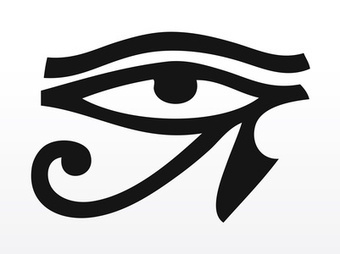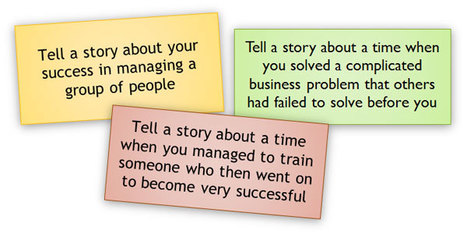"Football players practice ballet. Pianists repeat small sections of music until it’s perfect. In Outliers, it’s called “putting in your 10,000 hours.” In The Talent Code, Daniel Coyle names it “deep practice,” small exercises that are both challenging and repetitive.
The goal: Get better, quicker.
But what about writers? How do we pursue deep practice?"
Read the full article to find out more about these five techniques to brush up on your writing skills:
- People watching
- Buy old postcards & photographs
- Browse graveyards & phone books
- Stop reading and listen
- Use writing prompts



 Your new post is loading...
Your new post is loading...























